Bezbozhnik was an anti-religious propaganda magazine, first published on December 21th, 1922 in the Soviet Union.
Its main purpose was to thwart any religious beliefs that were supposedly too distracting for the working class. Apparently, the Soviet Union had strict conduct for any indulgences that could slow down the productivity of the country’s working class.
Initiated by the League of Militant Atheists, the newspaper reached 200,000 prints in 1932.
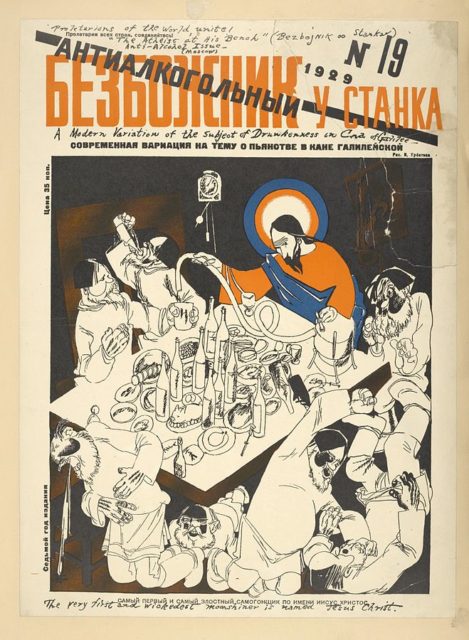
Initially, the newspaper ridiculed all religious beliefs as a sign of ignorance and moral pretense. There were all sorts of anti-religious campaigns, shutting down Christian institutions, churches, shunning priests, and even ignoring holidays.
From the mid-1920s, the Soviet Union’s view of the clergy was very discerning, believing that religion causes more problems rather than solving them.
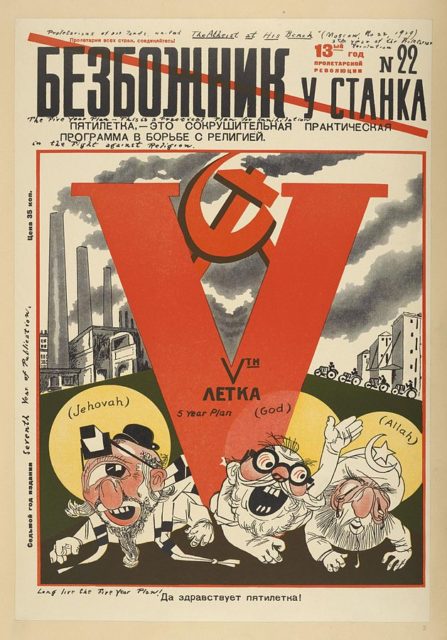
The League of Militant Atheists conducted the method of publications and newsletters in order to reach out to the workers. The primary method of anti-religious propaganda was by newspapers.
The first monthly magazine was called “Revolutsia I Tserkov”, meaning “Revolution and the Church”. It was published in 1919, followed by “Nauka I Religia” (Science and Religi0n), and the last prototype, “Bezbozhnik.”
Other notable anti-religious newspapers were the Derevenskii Bezbozhnik (Godless Peasant, 1928-1932), Antireligioznik (The Antireligious, which ran from 1926-41), and Yunye Bezbozhniki (Young Godless, 1931-1933).
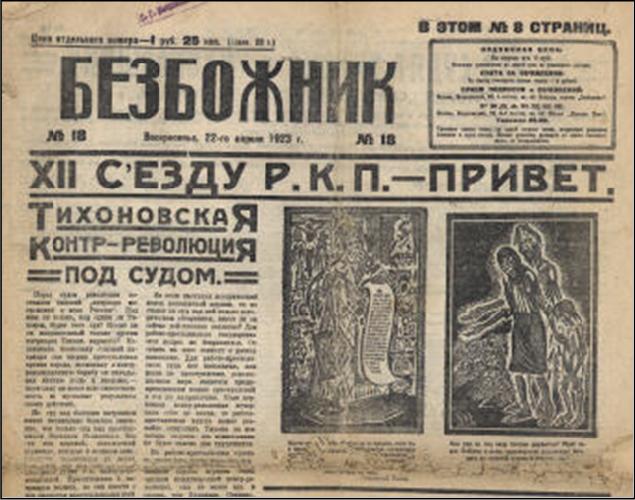
Published as a weekly newspaper between 1922 and 1934, as well as the late 1930s, Bezbozhnik continued as an illustrated journal from 1925 until 1941. The LMA were responsible for spreading the anti-religious propaganda and they abided three main goals.
One of those goals were to demonstrate to the people that religion, in all its forms, is an enemy to the working class. The second, to prove that science has an explanation for how the world works, thus disregarding religion. The third purpose was to convince the people that socialism and religion don’t go hand to hand and are ethnically not compatible with each other.
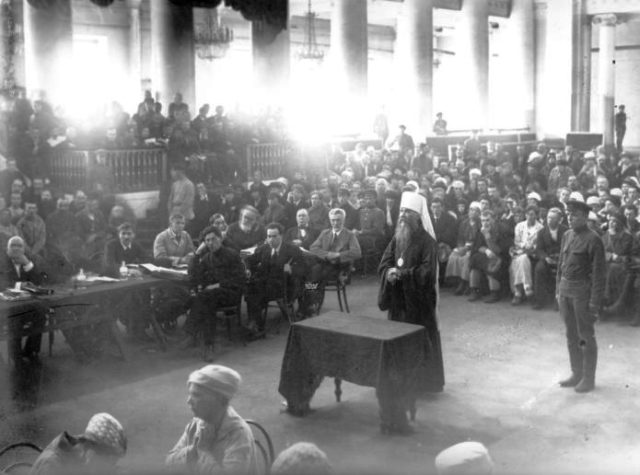
One of the many anti-religious publications was also Bezbozhnik u Stanka (Godless at the Workbench). It was initiated by the Moscow Communist Party between 1923 and 1913. With its more blunt tactics and crude illustrations, they depicted the clergy as unnecessary and corrupted.
Of course, the illustrations were A competing publication, Bezbozhnik u Stanka (Godless at the Workbench) was produced by the Moscow branch of the Communist party between 1923 and 1931. This publication was blunt in its tactics and featured crude illustrations of caricatures of priests and clergymen to besmirch any religious imagery.
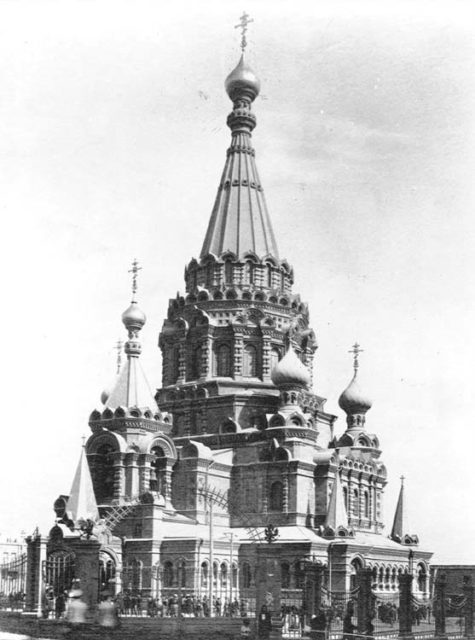
The prominent Soviet caricaturist, Dmitri Moor, was in charge of illustrations in the Bezbozhnik u Stanka. His crude, yet, distinctive style of rigid colors, rough contours and flat perspective of lining were the notable features of the newspaper.
He was no Jules Chéret, but his recognizable style of illustrating could very easily portray and capture the essence of the many flaws of religion.
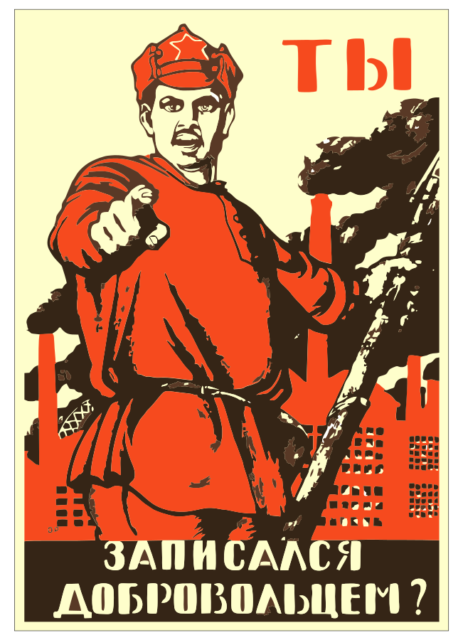
The newspaper actively denounced all religions, hence, rabbis and priests were a basic target for attacking. Often accusing them of collaborating with the rich, as well as the counter-revolutionaries, they were blamed for corruption and wealth disbalance.
Depicting priests as “leeches” that lived off the toil of the peasants, Bezbozhnik pointed out many flaws and clandestine activities that some priests were doing. For example, the newspaper ran a story about Sergei Tomilin, a priest who allegedly received 150 kilograms of wheat for every marriage he conducted.
Seeing that he would perform over 30 marriages in a few weeks, that was roughly the equivalent of a Soviet schoolteacher’s 10-year wage.
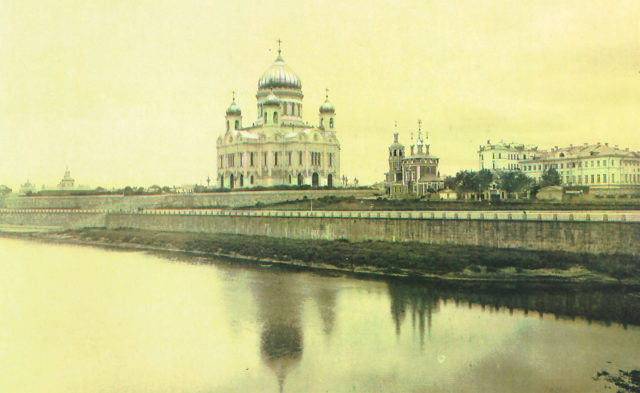
Holidays and traditional celebrations were not spared either. The newspaper criticized the Jewish Passover holiday as an excuse for excessive drinking because the celebration required drinking four glasses of wine. The Jewish religious figure, Prophet Elijah was unfairly accused of being an alcoholic who got “drunk as a swine”.
Believing holidays were pointless and too distracting, the magazine absurdly rejected and banned many holidays in order to conserve the much needed working time for the peasants.
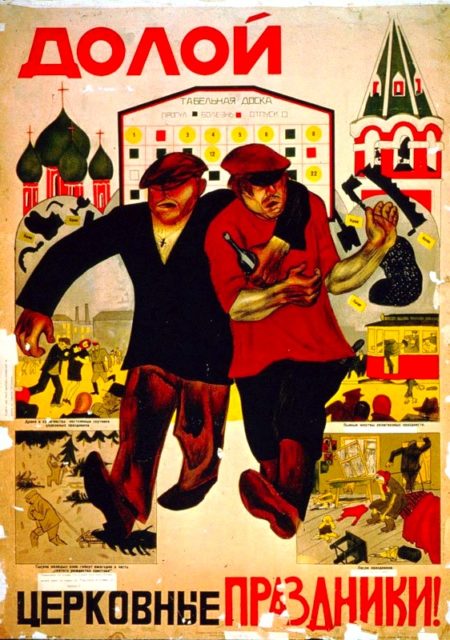
Mikhail Bulgakov on one occasion visited the office of the Bezbozhnik newspaper. The renowned writer was appalled by the gruesome content, seeing the illustrations as “boundless blasphemy”.
The Bezbozhnik’s relentless anti-religious ideas and vitriolic attacks were too much for Bulgakov. The newspaper was strongly against the main figure of Christianity, Jesus Christ, claiming that he was a fraud and a scoundrel.
Bulgakov believed that this was “a crime beyond measure”, since he was a prominent Orthodox essayist and translator of religious texts.
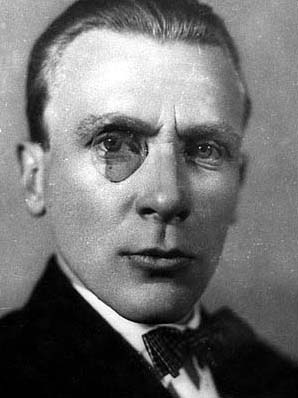
Public relations were nothing without a little bit of humor. Bezbozhnik used humor and wit as the main weapon for reaching out to the masses, since humor is understandable by both the illiterate and the educated.
For example, in 1924, Bezbozhnik u Stanka made a content brochure that could be assembled by hand, and it included posters of various sizes with anti-religious slogans.
It was named “How to Build a Godless Corner” which was a tongue-in-cheek reference to the similar Eastern Orthodox Icon Corner.
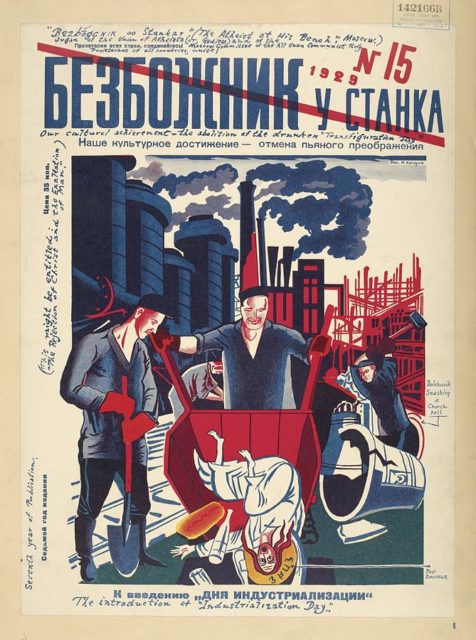
In 1932, the Soviet economy was barely standing from the financial catastrophe that was brought by the faulty agricultural system of the First Five-Year Plan, resulting in colossal famine (Stalin apparently didn’t think this through).
The Cultural Revolution of blasphemy was halted for economic measures, and a less austere method was used for religion by the Soviet regime. Many educational, financial and social destabilizations were scrapped, and a restoration of traditional values was being conducted.
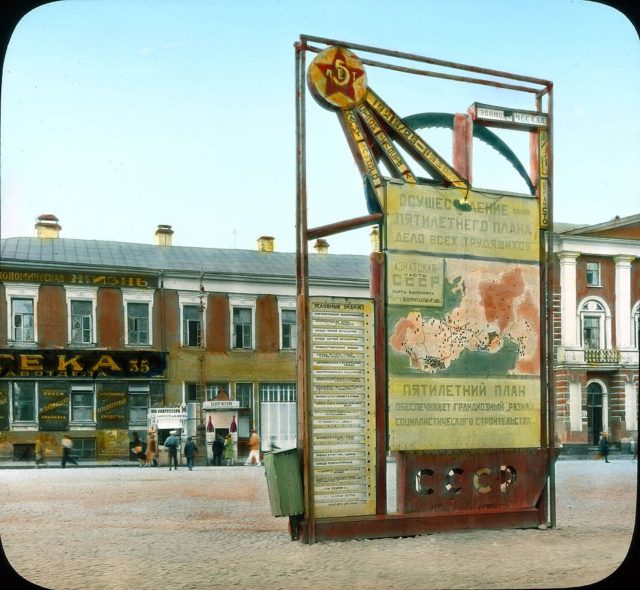
Many educational, financial and social destabilizations were scrapped, and a restoration of traditional values was being conducted. This marked the end of Bezbozhnik’s sacrilegious profanity and the magazine focused more on political topics.

The newspaper’s circulation fell rapidly beginning in 1932 and was terminated completely in 1935. The official disbandment date of the League of the Militant Godless is unknown.
It is traced during World War II and the invasion of the Soviet Union by Nazi Germany. Since many believers flocked to the churches that were re-opened by the nazis, not to mention additional pressure by the Allies, Stalin ordered to end the anti-religious persecution.
Today, Russia’s view of religion is of high praise, as the government undeniably supports traditional values and Orthodox Christianity. Nevertheless, the absurd anti-religious atrocities of the Soviet Union are just a shadow of a more difficult era of conflicting ideas and social cognitive dissonance.
